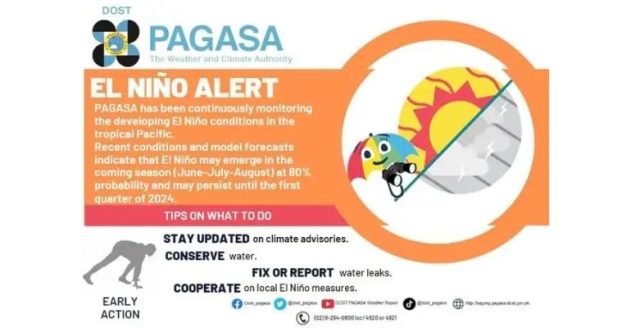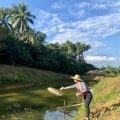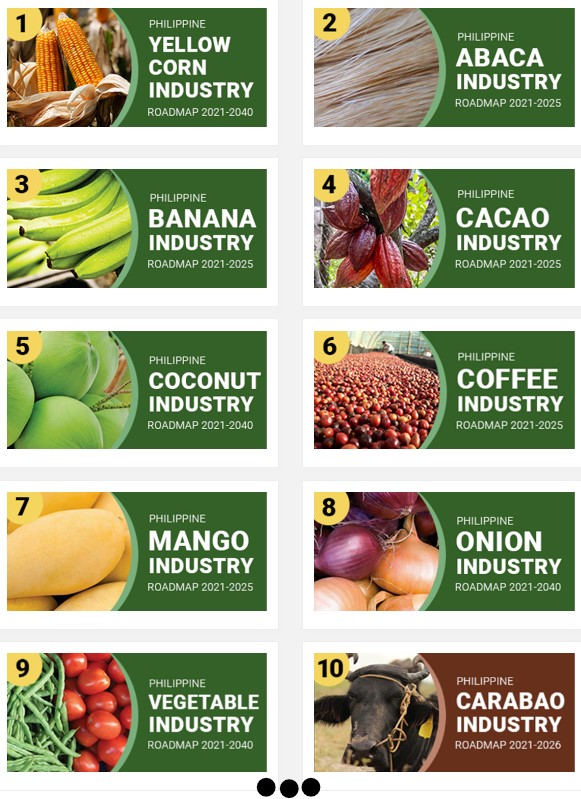As the Cordillera Regional Inter-Agency Task Group (RIATG) on El Nino continues to consolidate efforts among the different agency task group members as a measure in addressing the possible effects of El Nino in the Cordillera expected to affect the region in October this year.
This is following the July 4, 2023 advisory of the Philippine Atmospheric, Geophysical and Astronomical Services Administration (PAGASA) that indicated based on their recent climate monitoring and analysis of the unusual warming of sea surface temperatures along the equatorial Pacific that was established in March 2023, that has further developed into a weak El Niño and showing signs of strengthening in the coming months, resulting in the weather agencies upgrading of the El Nino Alert to El Nino Advisory.
El Niño increases the likelihood of below-normal rainfall conditions, which could bring negative impacts (such as dry spells and droughts) in some areas of the country which may adversely impact the different climate-sensitive sectors such as water resources, agriculture, energy, health, and public safety. However, enhanced Southwest monsoon season (Habagat) may still be expected and it may result in above-normal rainfall conditions over the western part of the country.
The climate outlook further suggests that the aggregate impacts of El Niño are expected towards the last quarter of the year and first half of 2024 bringing dry spells in most areas of the country.
Department of Agriculture Cordillera (DA-CAR) Regional Executive Director and RIATG on El Nino Chairperson Cameron Odsey in its first meeting with the task group members in June reiterated the need to compose the members into five task units identified by the National Inter-Agency Task Force (NIATF) El Nino to create a comprehensive action plan to combat the prolonged drought.
The DA is the lead agency in the food security group under the national El Nino team which is composed of different agencies of government; and is part of the water and health security groups, through its attached agencies and bureaus like the NIA and the Bureau of Animal Industry.
“The Cordillera RIATG on El Nino is in accordance with President and Agriculture Secretary Ferdinand Marcos Jr.’s earlier instruction of a whole of government and science-based approach to cushion the impact of the dry spell, and its possible effect on food security in the region. We are waiting for the result of the actions done at the committee or task unit level which is under the RIATG to determine the additional and particular consolidation and coordination efforts to be done at the committee level,” Odsey said.
DA-CAR Disaster Risk Reduction and Management (DRRM) officer Lito Mocati explained the convening of the regional El Nino Task Group composed of 28 member agencies is a coordination meeting to strengthen the role of each member agency, aside from looking for ways how to address the prolonged drought by considering the use of water-related infrastructures, and various advocacies on how to manage and conserve water.
“Among the intervention measures considered by the DA-CAR are the Information Education Campaign (IEC) on climate change and El Nino, the adaption of climate-resilient agriculture practices such as the adjustment of the planting schedules, use of drought-tolerant seed varieties suitable in the vulnerable production areas, planting consideration for other crops which have minimal use of water, use of mulching, desilting, and repair and restoration of irrigation systems particularly those in the tail end of the system that might not be reached by the supply of water, and cloud seeding when necessary,” Mocati stated.
This is aside from the provision of water pump engines, the search for other alternative sources of water like aquifers and deep wells, continuous advocacy on proper water management for irrigation purposes, and the procurement of water HDPE Plastic sheets to be used as temporary storage for rainwater during the rainy season to be used for non-irrigated areas.
DA-CAR earlier met with representatives of the National Irrigation Administration (NIA) to converge both agency’s efforts in addressing the effects of El Nino through the consolidation and clustering of Farmer’s Cooperative Association (FCA) and Irrigators Association (IA) data, particularly in the rice and corn plantation areas in CAR.
The DA-CAR data to be forwarded to the NIA for consolidation will serve as a system in the provision of interventions to identified FCA/IA members. //JTLlanes







